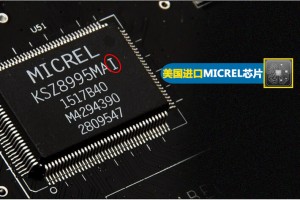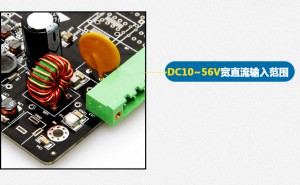The chip of the industrial-grade optical fiber transceiver is the core of the entire device. It and some hardware devices determine whether the performance and life span of the industrial-grade optical fiber transceiver meet the requirements.So, what are the specific performance of the photoelectric medium conversion chip?Let us follow JHA TECH to understand, hope everyone has a deeper understanding of industrial-grade fiber optic transceivers!
1. Network management function
Network management not only improves network efficiency, but also guarantees network reliability. However, the manpower and material resources required to develop fiber optic transceivers with network management functions far exceed those of similar products without network management, which are mainly reflected in four aspects: hardware investment, software investment, debugging work, and personnel investment.
To realize the network management function of the optical fiber transceiver, it is necessary to configure a network management information processing unit on the circuit board of the transceiver to process network management information. Through this unit, the management interface of the media conversion chip is used to obtain management information, and the management information is shared with ordinary data on the network. Data channel. Optical fiber transceivers with network management functions have more types and numbers of components than similar products without network management. Correspondingly, the wiring is complicated and the development cycle is long.
(1) Software investment
In addition to hardware wiring, software programming is more important for the research and development of industrial-grade optical transceivers with network management functions. The network management software has a relatively large amount of development work, including the graphical user interface part, the embedded system part of the network management module, and the network management information processing unit of the transceiver circuit board. Among them, the embedded system of the network management module is particularly complicated, and the threshold for research and development is high, and an embedded operating system, such as VxWorks, linux, etc., is required. Need to complete SNMP agent, telnet, web and other complex software work.
(2) Debugging work
The debugging work of the industrial-grade optical fiber transceiver with network management function includes two parts: software debugging and hardware debugging. In the debugging process, any factor in the circuit board wiring, component performance, component welding, PCB board quality, environmental conditions, and software programming will affect the performance of the Ethernet fiber optic transceiver. The commissioning personnel must have comprehensive quality, and comprehensively consider the various factors of the transceiver failure.
(3) Personnel input
The design of ordinary Ethernet fiber optic transceivers can be completed by only one hardware engineer. The design of Ethernet optical transceivers with network management functions requires hardware engineers to complete circuit board wiring, as well as many software engineers to complete network management programming, and requires close cooperation between software and hardware designers.
2. Compatibility
OEMC should support common network communication standards such as IEEE802 and CISCO ISL to ensure good compatibility of optical fiber transceivers.
3. Environmental requirements
a. Voltage
The input and output voltage and the working voltage of OEMC are mostly 5 volts or 3.3 volts, but the working voltage of another important component of the Ethernet optical fiber transceiver-the optical transceiver module is mostly 5 volts. If the two working voltages are inconsistent, it will increase the complexity of the PCB board wiring.
b. Working temperature
When choosing the working temperature of OEMC, developers need to start from the most unfavorable conditions and leave room for it. For example, the maximum temperature in summer is 40°C, and the inside of the fiber optic transceiver chassis is heated by various components, especially OEMC. Therefore, the upper limit index of the working temperature of the Ethernet optical fiber transceiver should generally not be lower than 50°C.
Post time: Mar-08-2021







